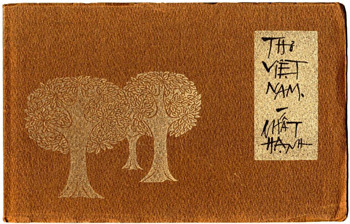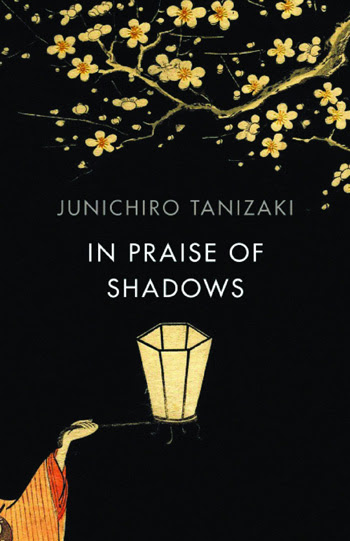Recently, our staff has been revisiting modernizations of canonical works. Our editors recommend their latest favorite reads from Vietnam and Japan, including a collection of poems meditating on the Vietnam War and a Japanese essay on aesthetics. Sign up for our newsletter to get these recommendations delivered right to your inbox.

In May of 1966, Thích Nhất Hạnh, 39 years old and not yet famous, arrived in Nyack, New York, at the invitation of the Fellowship of Reconciliation (FOR)—an American peace organization—to lecture on the escalating Vietnam crisis. He then traveled to Washington, D.C., and throughout the continental U.S., to present a Buddhist-led peace proposal that called for a cease-fire with the North Vietnamese government, followed by humanitarian assistance from the U.S. toward a peaceful reconstruction of Vietnam. Thích Nhất Hạnh’s 1966 peace tour included readings of his folk poetry, which he also translated into English, to portray the raw feelings of Vietnamese who “[could not] speak for themselves; [did not] know or care much about words like communism or democracy but [wanted] above all for the war to end….” The poems were subsequently published in a chapbook entitled Thơ Việt Nam (Vietnamese Poetry), by Unicorn Press, Santa Barbara, California. Three of them, “Condemnation”, “Our Green Garden”, and “Peace”, also appeared in the June 9, 1966 issue of the New York Review of Books. Visceral and intimate, Thích Nhất Hạnh’s poems define the Vietnam War as a civil war. Beyond the Cold War context, all warring nations are seen as misguided brothers. Thích Nhất Hạnh’s peace sojourn was denounced by his brethren on both sides of the Vietnam conflict and turned what he thought was a three-month journey into a 40-year exile. He was eventually allowed to return to Vietnam and passed away on January 22, 2022, a month before Russia invaded Ukraine.
–Thuy Dinh, Editor-at-Large for the Vietnamese Diaspora

What do a lonely lightbulb and the traditional practice of teeth blackening have in common? Why does lacquerware lose its magical qualities in broad daylight or when illuminated by electricity? These are only a couple of the questions Japanese author Jun’ichirō Tanizaki attempts to answer in his seminal essay on aesthetics In Praise of Shadows, originally published in 1933. Far from being simply the “empty dreams of a novelist,” his nostalgic observations on the profound ideological contradictions between the East and the West reveal a long-lost world that possessed an uncanny awareness of darkness and its mysterious beauty. Even more pertinent are the passages that meditate on technological advancements and people’s respective success or failure to adapt to them. English-speaking readers can choose between two translated editions. We owe the first rendering, which appeared back in 1977, to Thomas Harper and Edward Seidensticker. The second version by Gregory Starr (Sora Books, 2017) is also worth checking out, especially if you are keen to discover the subtle differences in meaning the modernized text offers.
–Andriana Hamas, Editor-at-Large for Bulgaria
*****
Read more on the Asymptote blog:

